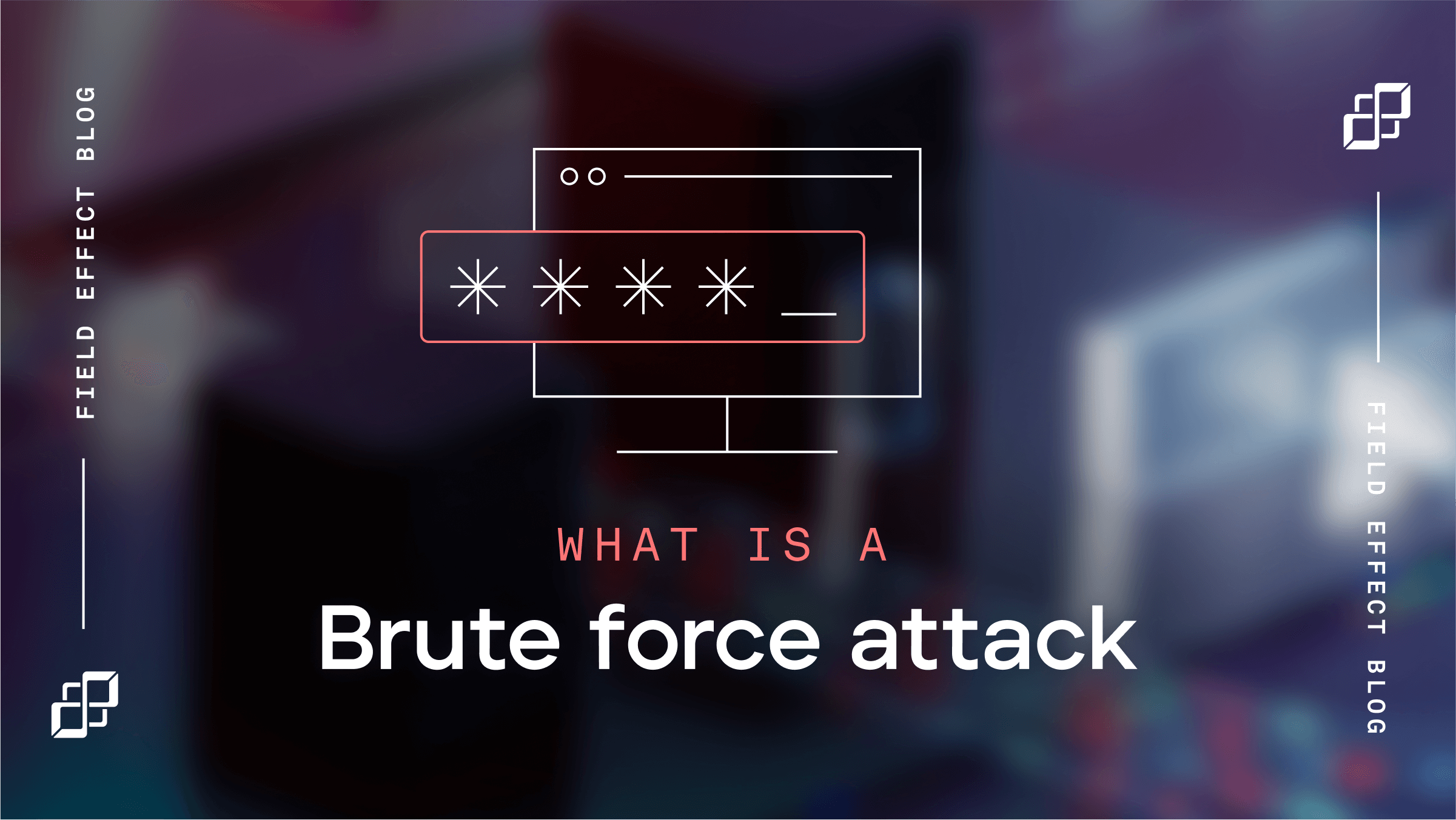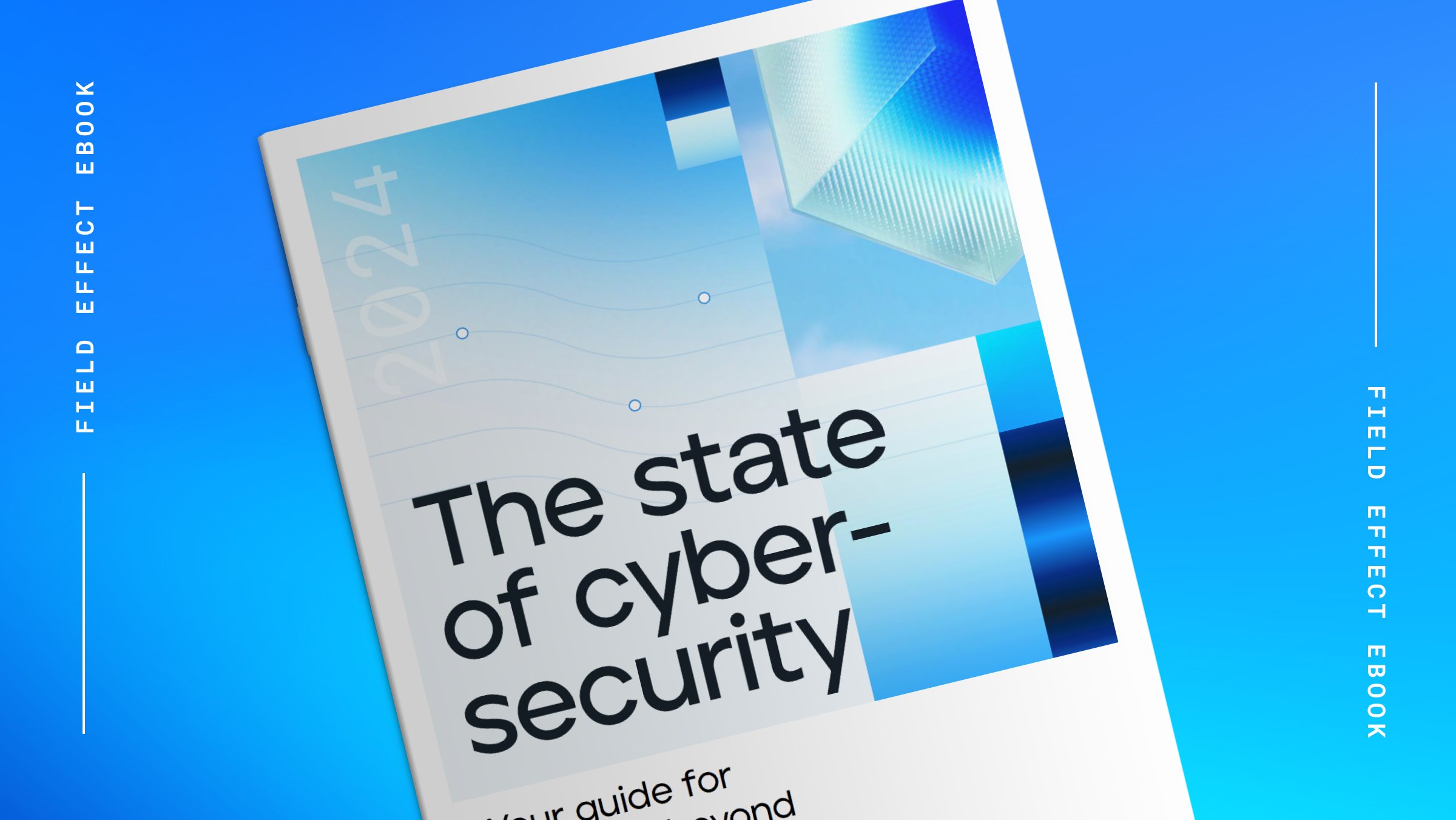
Blog Post
October 20, 2023 | Cybersecurity education
Last updated: February 23, 2024
Global security spending is on the rise yet again, and there are several reasons for this, including a shortage of cybersecurity workers. As companies struggle to find talent, they get boxed into spending more on technology to fill the gap.
So, if you’re concerned that your cybersecurity budget isn’t accomplishing as much as it used to, you’re definitely not alone. But why? The answer takes a bit of unpacking.
Cybersecurity is a complex science. Threat detection alone requires expertise covering multiple roles and skills—not to mention years of experience analyzing threat behavior. That can be tough to find in an employee, especially as the world deals with the ongoing shortage of cybersecurity professionals.
As demand for cybersecurity continues to increase and the supply of workers stagnates or, even worse, declines, it’s no wonder the costs of keeping your company protected are rising. Thankfully, there are steps you can take to opt out of the cybersecurity hiring arms race.
We cover these and take a closer look at the rising cost of cybersecurity expertise below.
Once upon a time, securing a company meant investing in an antivirus license, installing a firewall, and telling staff to use strong passwords. Cybersecurity was frequently delegated to a company’s IT team, who would handle common issues during their regular workday.
These days, it’s not so simple. Here are the main reasons cybersecurity costs more today than in the past.
Cybersecurity now requires far more specialized technology to defend against the various risks and vulnerabilities modern businesses face. Antivirus software is rarely on the radar now. Companies are instead turning to advanced tools, sometimes dozens of them, to secure every aspect of their IT infrastructure—from endpoints and cloud services to networks.
These defenses rely on continuous, end-to-end monitoring, setting off alerts when potential issues arise. The challenge is that real humans are still needed to analyze and respond to these alerts in real time. That's probably manageable for one or two tools, but businesses are using more cybersecurity technologies than ever, many of which are complex and difficult to manage.
This means that even as cybersecurity technology becomes more capable, the level of expertise needed to manage it continues to rise.
Although some expertise can be developed in a classroom, the rate at which cyberattacks evolve and change means that much learning still takes place on the job. Security teams need to be able to recognize and understand real-world threat activity to analyze and respond to threats quickly and effectively if an incident occurs.
For example, Mailchimp, the popular email marketing service, was hacked in early 2023. An unauthorized user accessed one of the platform’s core tools, which they then used to steal data on 133 Mailchimp accounts.
However, Mailchimp’s cybersecurity team detected and responded to the breach fast enough to protect users’ sensitive data. The damage to Mailchimp’s customers and brand could have been significantly worse if its security team failed to recognize and respond to the threat quickly enough—a skill the workers likely sharpened, at least in part, through on-the-job experience.
Because threats and attack techniques change quickly, this element of on-the-job learning will always exist. In response, many post-secondary cybersecurity education programs have invested in realistic training environments to deliver real-world scenarios to their students. These training environments, or cyber ranges, help students build their skills before entering the workforce, letting them experience authentic conditions and challenges they’ll face on the job via hands-on keyboard training experiences.
Cybersecurity is a demanding job that requires staff to be at the top of their game. Hiring an internal security team may require more IT budget than a small or mid-size business (SMB) is prepared to spend.
Even if you have the budget capacity for cybersecurity staff, the demand for cybersecurity talent is far greater than the supply. In fact, there are an estimated 700,000 unfilled cybersecurity jobs in the United States alone.
As companies compete with one another to hire the top cybersecurity experts, salaries for these sought-after workers continue to rise. This prices many businesses out of being able to build an internal security team that’s capable of detecting, analyzing, and responding to all of the different threats the company may face.
Filling the cybersecurity skill gap will take time as more students graduate from college and enter the industry. This is a major reason why the rising cost of cybersecurity expertise is unlikely to abate any time soon. But that doesn’t mean effective security is out of your reach (or budget).
Rising cybersecurity costs are a challenge for businesses of all sizes and sectors. Unlike some other budget items, cutting back on cybersecurity spending can have disastrous consequences. In fact, research from the National Cybersecurity Alliance says 60% of businesses close within six months of experiencing a cyber attack.
This is a problem. On the one hand, costs keep going up. On the other, if you don’t pay them, your business could face an increased risk of breach and shutdown.
But it’s not all negative—companies can take plenty of steps to bridge the cyber skills and salary gap to secure their operations at affordable prices. Here are some options.
If you want more cybersecurity expertise watching over your company, an excellent place to start is with your current IT team. You want to ensure you get as much security as possible from the employees you already have on staff before spending more on new tools or services.
One of the biggest challenges in this upskilling process is ensuring staff receive realistic threat analysis and response training. You also need that training to be delivered within budget and, ideally, without pulling your workers off their other tasks for too long.
A cyber range may be your solution. Cyber ranges are safe arenas IT workers and security professionals can use to practice identifying and responding to threats without putting your business at risk.
Good cyber ranges give companies a single, flexible platform to deliver realistic security education and training based on the unique threats your business faces.
Many also allow you to track learning outcomes while giving users a hands-on way to build their skill set. This can help you drill into training data on an employee-by-employee basis to identify top performers and also those who may need a bit more assistance. It could be just what you need to get better protection without increasing your budget.
You can also review the tasks that your in-house IT workers complete to see if you find room for optimization. There’s a chance your employees spend significant amounts of time on jobs that could easily be automated or supported by advanced tools.
For example, cybersecurity solutions can use automation to take certain tasks off your in-house security team’s plate. These may include:
Of course, these types of tools cost money—that doesn’t necessarily make them an unrealistic option if you’re trying to reduce cybersecurity costs, though. For example, augmenting your team with a cybersecurity service could meet your company’s security needs so you can avoid hiring another team member.
As you consider whether automation and advanced tools are right for you, compare their costs to your alternatives. They may deliver better value than you think, even if you have to pay a little extra upfront to save in the long term.
As cybersecurity becomes increasingly complex and costly to manage in-house, outsourcing has become a more attractive solution. Not every organization has the resources to hire and manage a full-time security team. You can avoid these expenses and the stress of building and running an in-house team by working with a managed security provider instead.
Third-party providers like these can act as a turnkey solution for the security your business needs to remain safe. Two of the most common products in this category include managed detection and response (MDR) providers and managed security service providers (MSSPs).
These managed security solutions provide 24/7 support so you can sleep soundly, knowing your business is protected without having the challenge of overseeing your own staff. You will also have a partner you can turn to whenever you have a cybersecurity question, making it easier to get the personalized answers your company needs.
There are also vCISO services, which give your business access to a team of cybersecurity experts with years of hands-on experience. vCISO services can help you get a handle on cybersecurity in a number of ways, including crafting cybersecurity policies, incident response planning, secure network design, and so much more.
Finding the right provider may be the best way to deal with your company's rising cybersecurity costs. But even after doing that, you’ll need buy-in and support from your employees to reduce security risks and minimize response costs.
That’s why investing in education and training for the average worker is worth considering as you work to reduce your cybersecurity costs. Doing so can help you create a security-first culture where all staff understand best security practices and can transfer those skills and knowledge to new hires.
Cybersecurity is a game of cat and mouse. Attackers are always looking for new ways to breach companies, meaning businesses must continually evolve their cybersecurity. This means your company’s cost of achieving the same level of protection may feel like it’s constantly going up. But you have options.
A better solution may be investing in a managed detection and response service. When backed by holistic human expertise, MDR solutions give small businesses everything they need for robust cybersecurity protection at an affordable price.
Want to learn more? Take a look at our free ebook analyzing holistic hybrid MDRs to learn more about how they can help you maximize your cybersecurity budget.


